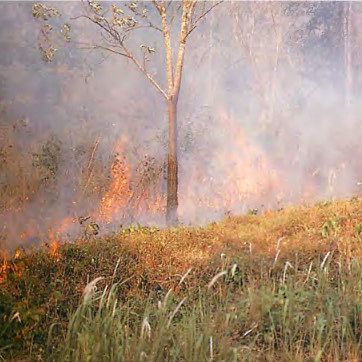Research & Article

Fire, Dry Dipterocarp Forest, and the Carnivore Community in Huai Kha Khaeng Wildlife Sanctuary, Thailand.
By Alan Rabinowitz
Published on 19 June 2024
Natural Heritage
Location of original sources
Natural History Bulletin of the Siam Society (NHBSS), Vol. 38, No. 2, 1990
Download
Widespread annual burning in parts of Thailand has degraded natural forest formations and encouraged the spread of the fire resilient dry dipterocarp forest. The influence of fire and dry dipterocarp forest on the carnivore community was examined during a two year study in Huai Kha Khaeng Wildife Sanctuary, Thailand. Seasonal fires influenced mortality and movements of carnivore species. All camivores showed a dispro-portionately low use of dry dipterocarp forest compared to other habitat types, and all took refuge in evergreen forest during the driest times of the year. Some carnivore species were restricted to evergreen forest alone. The evergreen forest was a crucial component of carnivore home ranges. The dry dipterocarp forest was a resource poor habitat characterized by seasonal water scarcity and a relatively low abundance of prey species and fruiting trees. Small carnivores were more affected by fires and by resource scarcity in dry dipterocarp forest than were larger, wider-ranging carnivores. However the distribution of the tiger in the study area was also limited by dry dipterocarp forest. Despite a diverse carnivore and the presence community in the study area, seasonal fires of dry dipterocarp forest threatens the health and stability of many carnivore populations. Dry dipterocarp forest should not be aliowed to spread at the expense of evergreen forest formations. Total exclusion of fire is not feasible in Thailand's remaining forest areas, but an altemative policy of prescribed buming combined with fire exclusion in high priority habitats appears sensible.